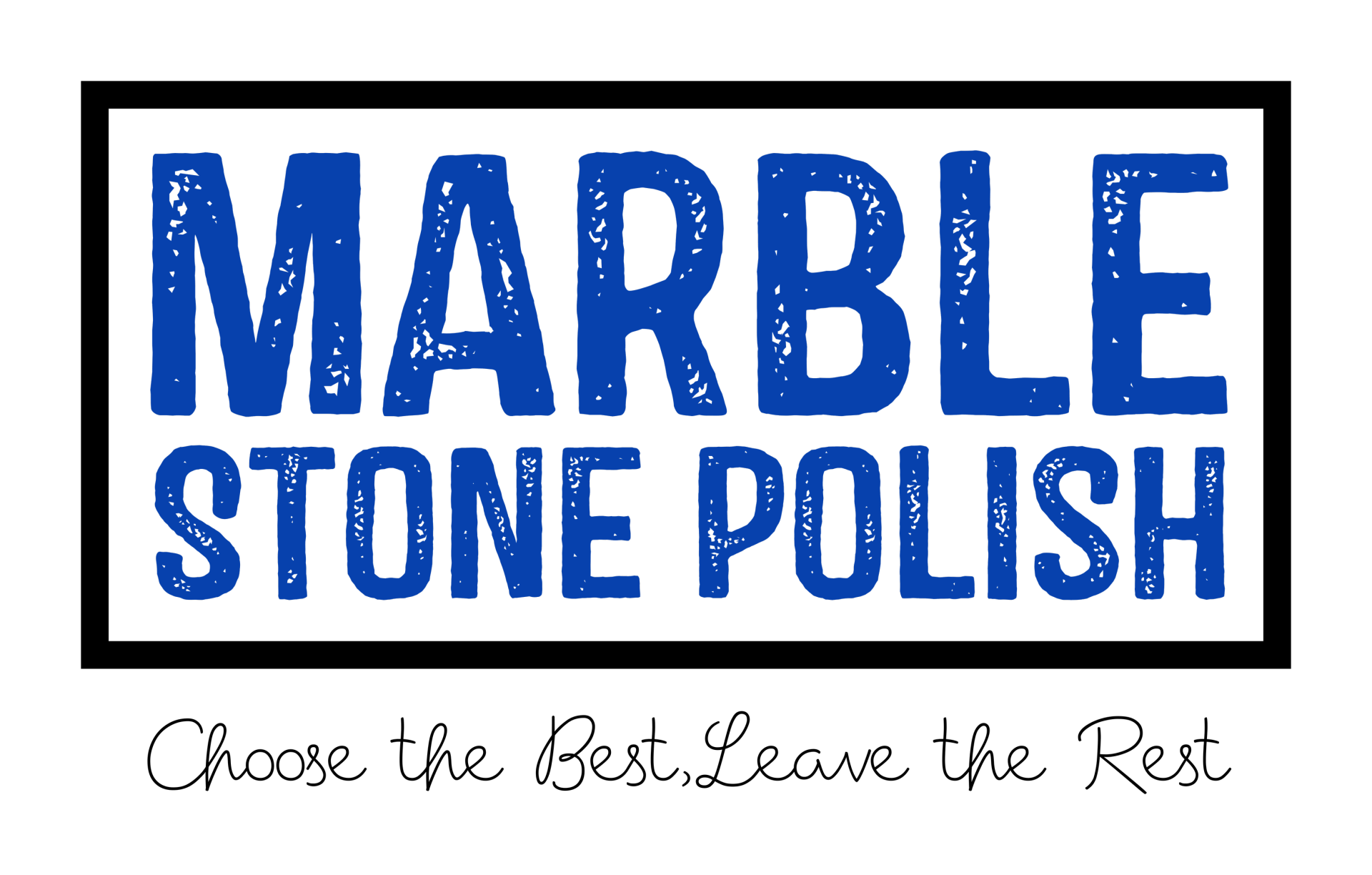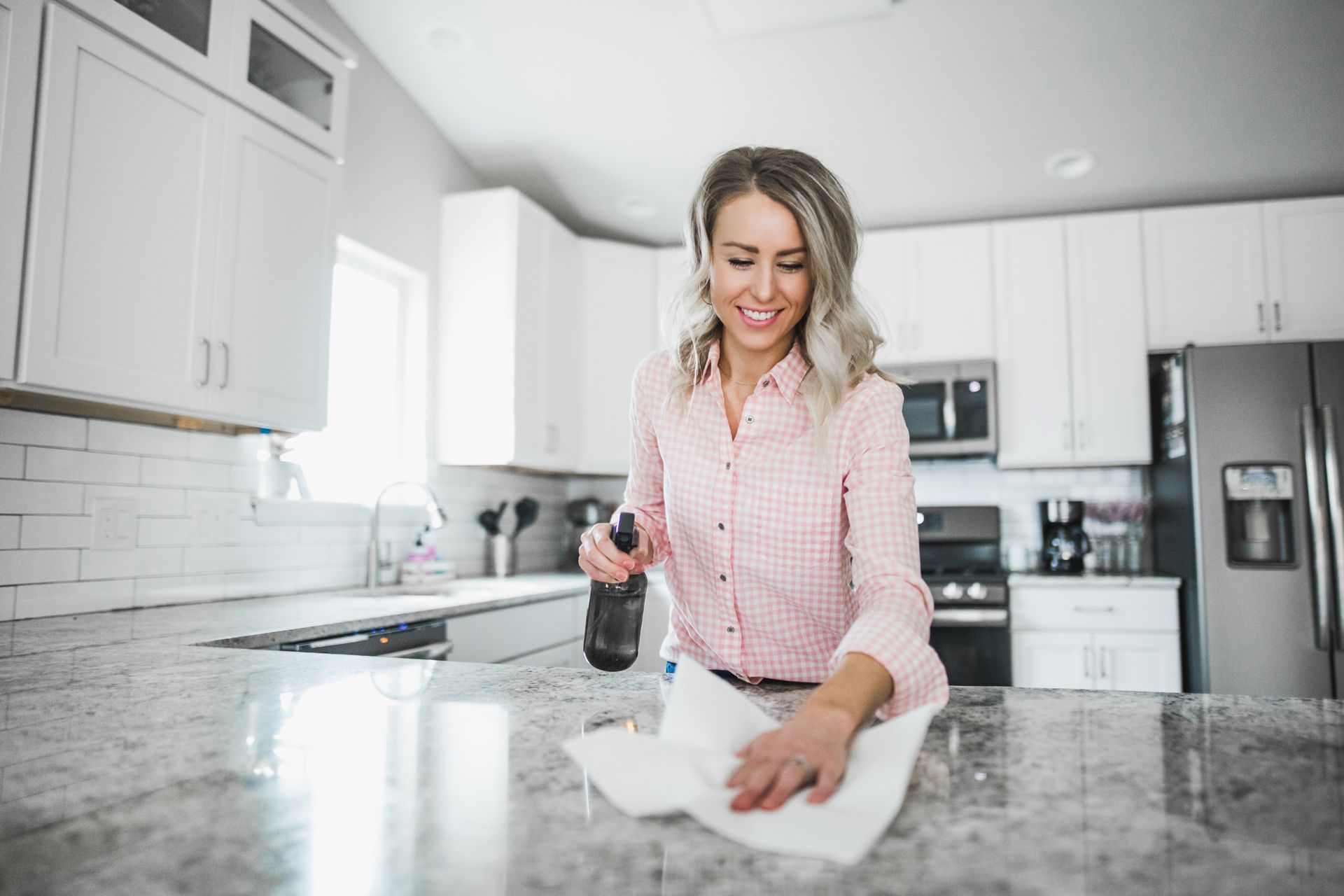Ways to care for Travertine and understanding its origins

Travertine is a form of limestone. It is the name given to hundreds of limestone deposits, which are found throughout the world. The material sourced from quarries all over Italy has been used for thousands of years to create flooring and other architectural features because it can be easily cut into thin slabs or blocks. These can then be used to create a tile floor, countertop, or walling. The travertine and travertine tiles and travertine pavers you see in your home or business are all-natural stone surfaces.
The natural sheen of travertine shines through after a visit from our experts at Marble Stone Polish.
Travertine's origins
The name travertine derives from the town of Tivoli near Rome, Italy and it is a form of limestone composed mostly of calcite. Travertine is formed by the precipitation of natural calcium carbonate along intermittent rivers and streams, particularly where there are waterfalls or cascades. Water seepage from these deposits forms travertine lagoons, travertine dams, and travertine terraces; these can be seen throughout Europe and North America. Travertine has also been known to form in hot springs, behind waterfalls, on cave floors, and beneath lake surfaces, etc.
All natural stone products add a gorgeous element to your home or business location. Normal wear and tear and damaging chemicals can affect the finishes of your natural stone surfaces, however natural stone is a durable material that can stand up to regular maintenance. Let us help you maintain your natural stone with a regular cleaning from Marble Stone Polish.
Travertine polishing and stain removal
The natural sheen of your travertine shines through after a visit from our expert technicians. Expressing new life from old stone, marble stone polish offers years of beauty to your projects. During the travertine polishing process, the stone and clear resin coating, both are polished to a mirror finish. We can clean, polish, repair, and protect your travertine. Normal wear and tear and damaging chemicals can affect the finishes of your natural stone surfaces. However, natural stone is a durable material that can stand up to regular maintenance.
Contact us today
Our quick and easy process can bring your old, damaged, or worn-out natural stone countertops back to life. With our expert technicians' care and attention, you can enjoy your new polished travertine surface for many years to come.
At Marble Stone Polish, one of the most beautiful aspects to natural stone is how it can be restored after years or wear and tear. We have an array of products for cleaning, polishing, repairing any damages done to your stones- all with a professional touch!
Contact us today!


